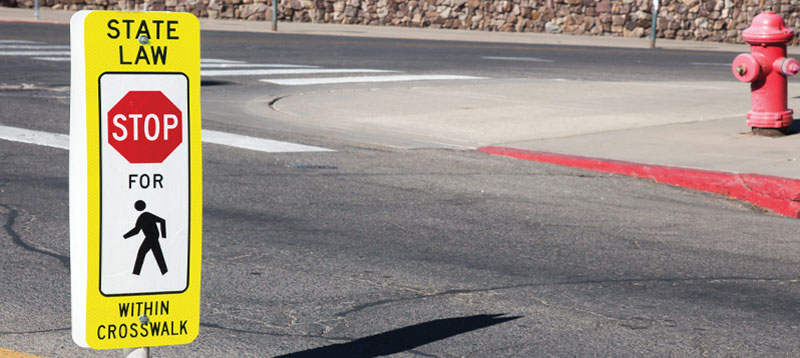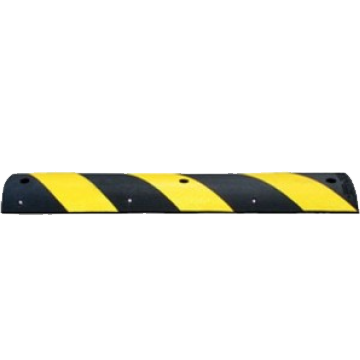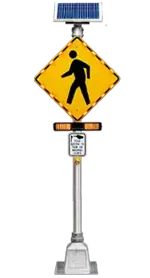Unsignalized crosswalks are pedestrian crossings with no traffic signals. They play a vital role in pedestrian safety and promoting walkability by providing designated areas for pedestrians to cross roadways safely. While signalized crosswalks with traffic lights are commonly used, unsignalized crosswalks are equally important in providing safe passage for pedestrians.
Safe Movements of Pedestrians
Unsignalized crosswalks serve as critical components of transportation systems by ensuring the safe movement of pedestrians. These crossings are particularly useful in areas where traffic volume does not warrant the installation of traffic lights or when it is not feasible to have a signalized intersection. By marking crosswalks and emphasizing pedestrian rights-of-way, unsignalized crosswalks provide visual cues to drivers, reminding them to yield to pedestrians.
Visibility and Markings
The visibility of unsignalized crosswalks is crucial to ensure pedestrian safety. Appropriate signage, pavement markings, and crosswalk design elements play a significant role in alerting both pedestrians and drivers to the presence of a crossing. Clear signage and highly visible markings can help draw attention to the crosswalk and indicate its purpose.
Traffic Signs at Unsignalized Crosswalks
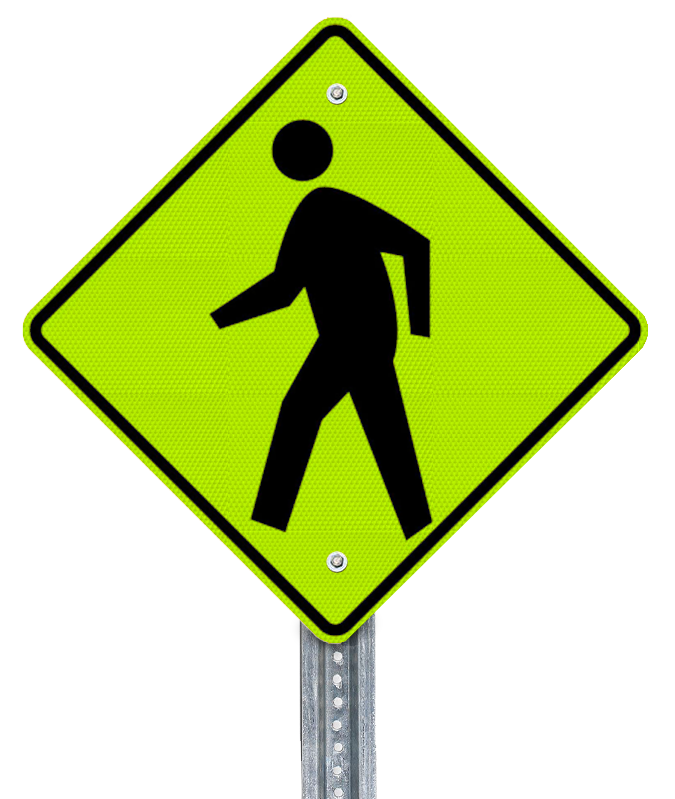
W11-2 Pedestrian Crossing Sign alerts motorists of potential pedestrians on roadways and parking areasat unsignalized crosswalks.
Guidance on utilizing the W11-2 pedestrian crossing warning sign.
Per the MUTCD, “The use of warning signs shall be based on an engineering study or on engineering judgment.” Also keep in mind that the objective is to keep the use of warning signs to a minimum as the “unnecessary use of warning signs tends to breed disrespect for all signs.”
If a post-mounted W11-2 sign is placed at the location of the crossing point where pedestrians might be crossing the roadway, a diagonal downward pointing arrow (W16-7P) plaque is to be mounted below the sign.
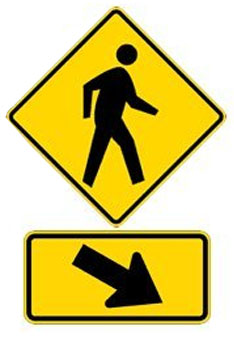
In-Street Pedestrian Crosswalk Rebounder
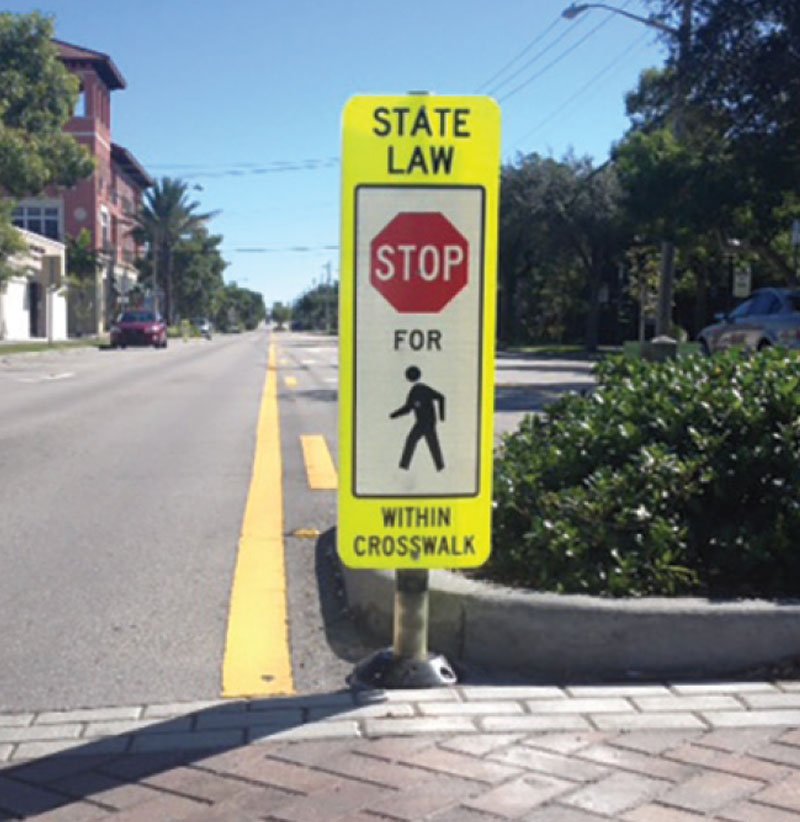
The Rebounder in-street pedestrian crosswalk sign is a highly visible, proven, traffic calming device for schools, communities, parking garages, shopping areas, and high-pedestrian traffic zones. One study by NCHRP (National Cooperative Highway Research Program) showed The Rebounder having a 82-91% Effective Driver Yield Rate.
The Rebounder Sign System provides a durable, cost effective solution to increase pedestrian safety at crosswalks that do not have a traffic signal.
Traffic Calming Measures
Implementing traffic calming measures near unsignalized crosswalks can further enhance pedestrian safety. Speed bumps and raised intersections are among the traffic calming techniques that encourage slower vehicle speeds. These measures make it easier for pedestrians to cross and increase the chances of drivers noticing and yielding to pedestrians at unsignalized crosswalks.
Enhancing Crosswalk Visibility with Technology
Advancements in technology offer new possibilities for improving pedestrian safety at unsignalized crosswalks. Innovative solutions such as pedestrian-activated flashing beacons and solar-powered LED lighting can significantly enhance crosswalk visibility. These technologies provide additional visual cues for drivers, indicating the presence of pedestrians and reminding them to yield. Smart crosswalk systems equipped with sensors can detect approaching pedestrians and activate warning signals to alert drivers in advance.
Creating safe and accessible unsignalized crosswalks requires collaboration among various stakeholders, including traffic engineers, urban planners, transportation authorities, and community members. Engaging these stakeholders in the planning and design process can help ensure that crosswalks are appropriately located, well-marked, and equipped with necessary safety features.
Unsignalized crosswalks are crucial components of pedestrian infrastructure, providing safe crossing points for pedestrians in areas where signalized intersections are not feasible or necessary. By employing effective design elements, enhancing visibility, promoting pedestrian education, implementing traffic calming measures, and leveraging technology, we can improve pedestrian safety at unsignalized crosswalks. Remember, as drivers, pedestrians, and community members, it is our collective responsibility to prioritize pedestrian safety and promote walkability in our cities.

